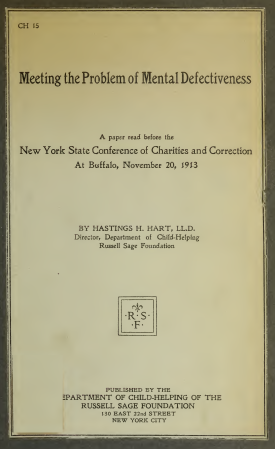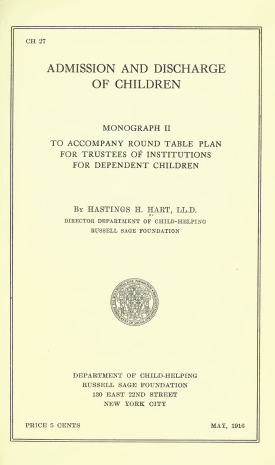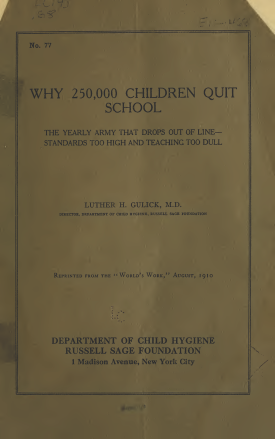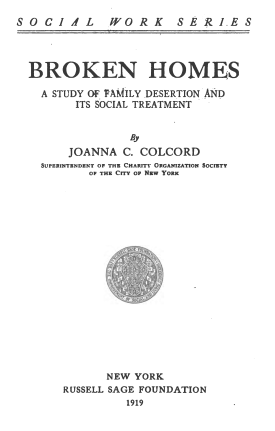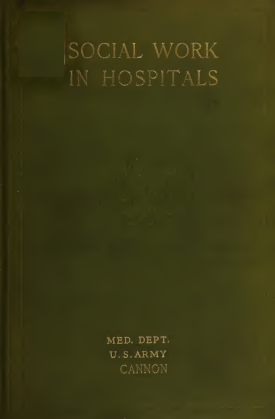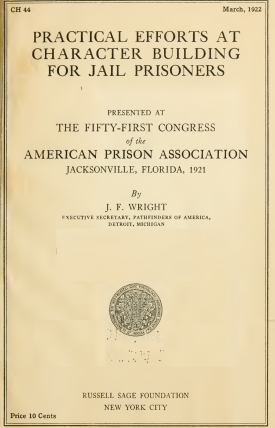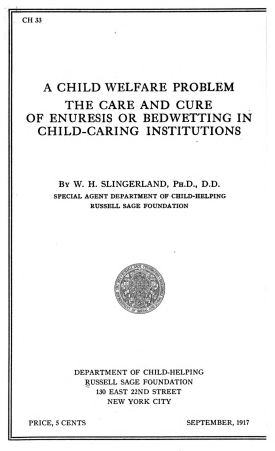A 1913 survey of the status of hospital social work, Social Work in Hospitals is born of the evident need for exchange of experience among hospitals around the country, as well as a desire for a more conscious and consistent effort to establish standards for social work in hospitals. Topics reported include the mentally unbalanced, employment for the handicapped, single mothers, organization of social workers, and the future of hospital social service.
IDA M. CANNON was head worker of the Social Service Department at Massachusetts General Hospital.

